Google's Android Sideloading Policy Update
Google has made a big policy change for Android developers. Starting in 2027, every developer will need to register and verify their identity if they want to make apps for Android phones. Google claims the rule will prevent harmful apps. But many developers feel the policy restricts developer's freedom and makes Google's Android more like the Apple’s closed ecosystem.
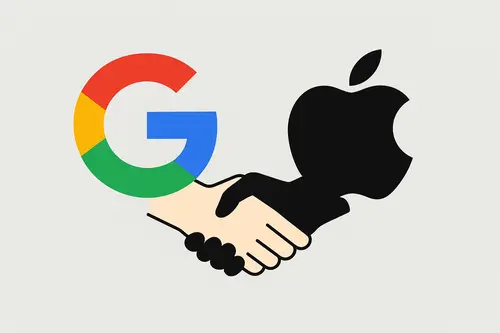
Let's understand how this policy affects an android user.
Right now, if an app is removed from the Play Store, you can likely download it from another site or a third-party app store. A good example is Fortnite. When Epic Games had a dispute with Google over its 15–30% service fee on in-app purchases, Fortnite was offered directly through their website. With this new rule, however, avoiding Google's unfair rules will become harder. The new policy gives Google more authority to decide who can and cannot distribute apps. For instance, currently ad-blocker apps are banned on Play Store. In future, Google can also force browsers to remove ad-blocker extensions.
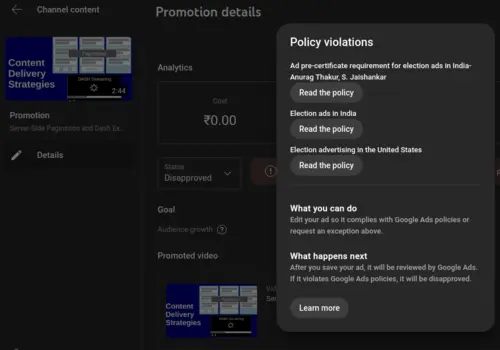
Another problem with giving Google the authority for gatekeeping android is that they would ultimately start using AI to filter out apps and set up another AI for dispute resolution. To give you an idea of what this would feel like, let me describe a first-hand experience. Few days ago, I uploaded a video on youtube related to website development. for some reason, youtube's algorithm flagged my video as politically motivated. I spent hours trying to find the form to dispute this claim. After multiple failed attempts, I had to delete the video and move on.
In addition to the service fee, the policy change will also require registered developers to pay a one-time $25 registration fee. It may not sound like much, but for small, independent and open-source developers, this can be a real barrier. And there’s always the chance that Google might raise the fee in the future, maybe match it to the Apple’s $99 developer fee which is paid annually. And here’s how you feel the impact: when developers face higher costs, those costs usually get passed on to the users. That means fewer free apps, and more apps overloaded with intrusive ads and pop-ups. This would ultimately turn our phones into a digital version of new york's times square. Have you noticed how YouTube has increased the number of advertisements on its platform? I mean I have to watch ads on videos that I have created because Google owns the right to show ads to cover their cost. Just imagine what other developers will do with their apps to recover their expenses.

Another major concern with the new rule is that of censorship. Since developers must now reveal their identity, it becomes much easier for governments or powerful institutions to track them. This makes it harder for developers to stay anonymous, and build a fair digital ecosystem.
So, what are the alternatives?
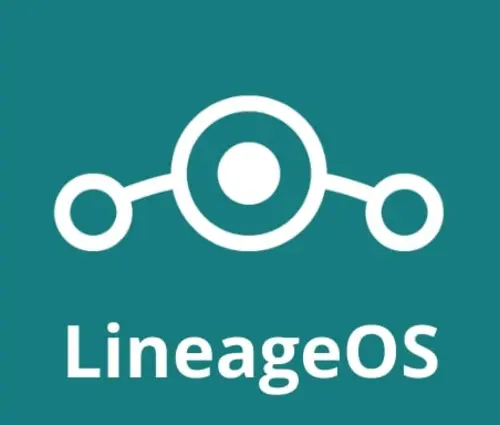
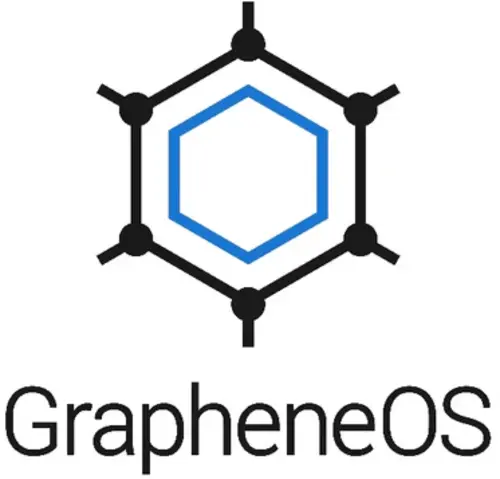
Some skilled users may switch to custom Android systems like GrapheneOS or LineageOS. Though they give more freedom, they have their own challenges: First, they’re usually not available for the lastest phone models and second, installing them requires unlocking the bootloader and rooting the phone. This creates another issue of waiving the manufacturer's warranty. So, if you make a mistake during installation, your phone could potentially become unusable and you may end up paying for a new phone.
To summarize, the growing restrictions and one-sided decision making by big tech companies is a wake-up call for everyone to collaborate on an opensource ecosystem. However, to make this transition easy, developers will have to make an extra effort to ensure that opensource alternatives are easily accessible. Developers will have to figure out ways to cut down the lengthy installation process and at the same time, a major upgrade is required to improve the user interface.
Author
Anurag Gupta is an M.S. graduate in Electrical and Computer Engineering from Cornell University. He also holds an M.Tech degree in Systems and Control Engineering and a B.Tech degree in Electrical Engineering from the Indian Institute of Technology, Bombay.
Comment
This policy contains information about your privacy. By posting, you are declaring that you understand this policy:
- Your name, rating, website address, town, country, state and comment will be publicly displayed if entered.
- Aside from the data entered into these form fields, other stored data about your comment will include:
- Your IP address (not displayed)
- The time/date of your submission (displayed)
- Your email address will not be shared. It is collected for only two reasons:
- Administrative purposes, should a need to contact you arise.
- To inform you of new comments, should you subscribe to receive notifications.
- A cookie may be set on your computer. This is used to remember your inputs. It will expire by itself.
This policy is subject to change at any time and without notice.
These terms and conditions contain rules about posting comments. By submitting a comment, you are declaring that you agree with these rules:
- Although the administrator will attempt to moderate comments, it is impossible for every comment to have been moderated at any given time.
- You acknowledge that all comments express the views and opinions of the original author and not those of the administrator.
- You agree not to post any material which is knowingly false, obscene, hateful, threatening, harassing or invasive of a person's privacy.
- The administrator has the right to edit, move or remove any comment for any reason and without notice.
Failure to comply with these rules may result in being banned from submitting further comments.
These terms and conditions are subject to change at any time and without notice.
Similar content
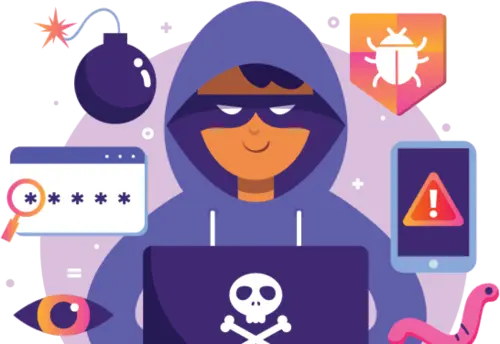




Past Comments